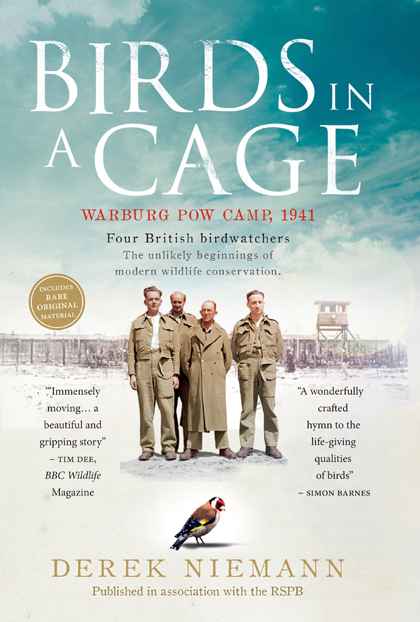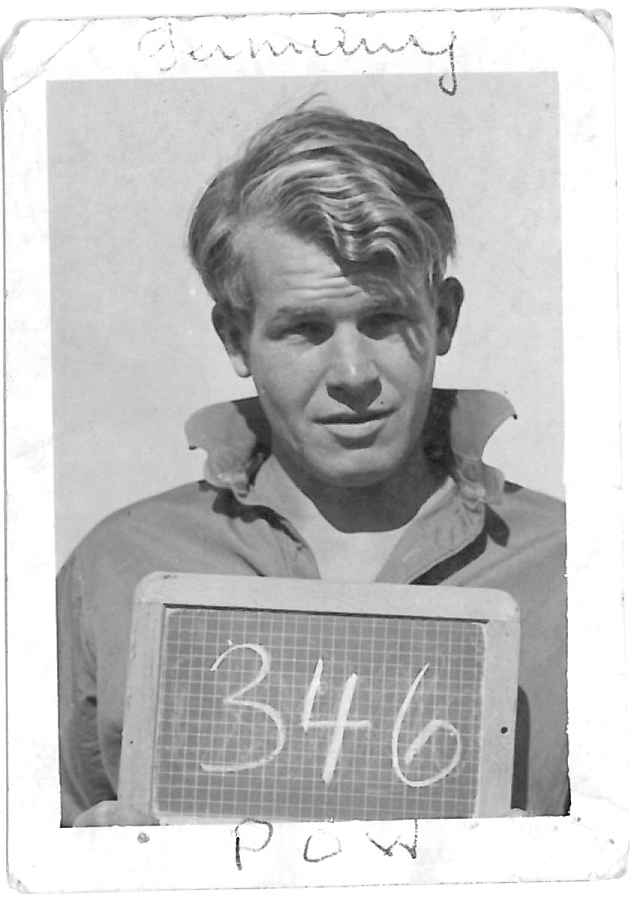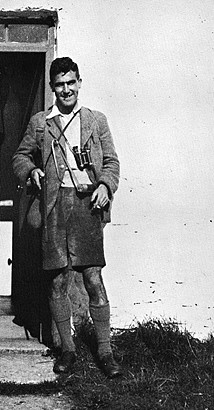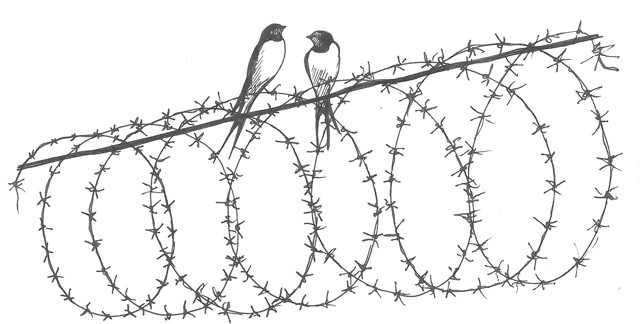Birds in a Cage by Derek Niemann

First impressions were certainly favourable. The book is a hardback with a pleasing heft and a well-designed cover. Four uniformed men are pictured thereon: Peter Conder (who would go on to be director of the RSPB), George Waterston (who established Fair Isle Bird Observatory and the Loch Garten Osprey watch), John Buxton (poet and author of The Redstart) and John Barrett (whose books would inspire millions to enjoy natural history). All four were separately taken prisoner in 1940/41 and would see out World War II in a variety of prisons, eventually coming together at Warburg PoW camp in autumn of 1941. They were united in relying on their love of birds to provide a figurative escape from their confines.


In addition, these men were surely the first proponents of vis-migging. They spent hours gazing at the skies noting the species that flew over. In March 1942 they noted some spectacular movements. On the 14th of the month they had nearly 7,000 Skylarks over, and noted a daytime passage of 7,659 Rooks and Jackdaws. At night they heard Cranes passing over — although it took until a daylight party flew over the camp to work out which species was making the haunting honks. The irony of their observation of migration was not lost on the prisoners. The German guards eventually began to look upon the birding prisoners as harmless enthusiasts and tolerated or even encouraged the hobby, a fact that tunnel-diggers were to exploit to their advantage. Some unlikely friendships born out of a love of birds and natural history were to flourish.
Birds in a Cage is not simply a book about birds, nor is it a biography of Conder, Waterston, Buxton and Barrett, and nor is it a history book about the PoW camps of World War II. It contains, of course, elements of all three. It is a tale of survival, endurance, adventure and resourcefulness all bound inextricably to a love of birds. Anyone who has sat miserably at a desk gazing out of the window willing a Waxwing to appear in a nearby Sorbus has some insight into the minds of these men. This is a fascinating and engrossing book, a perfect Christmas gift, but make sure you buy one for yourself at the same time.

Hardback, 302pp.
Short Books Ltd (2012), ISBN 978-1780720937, RRP: £20.00


